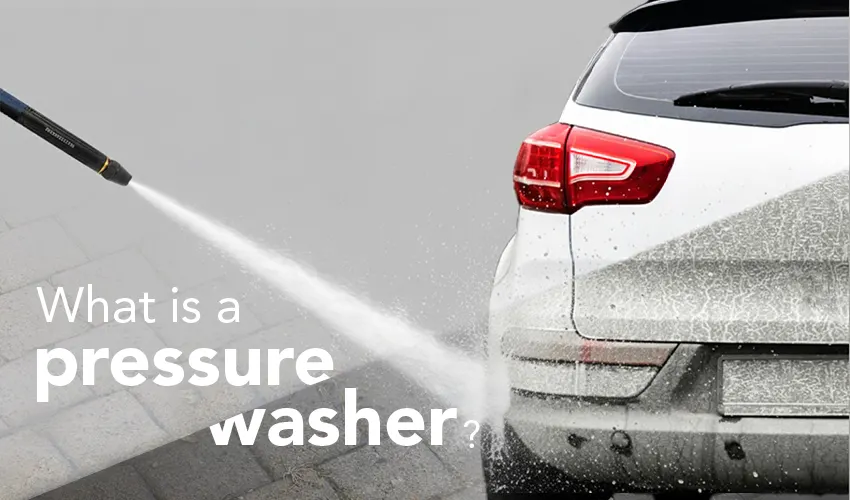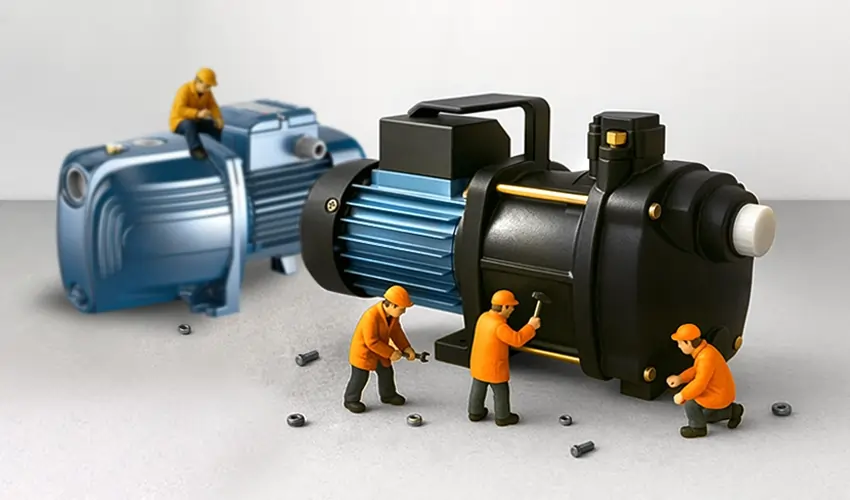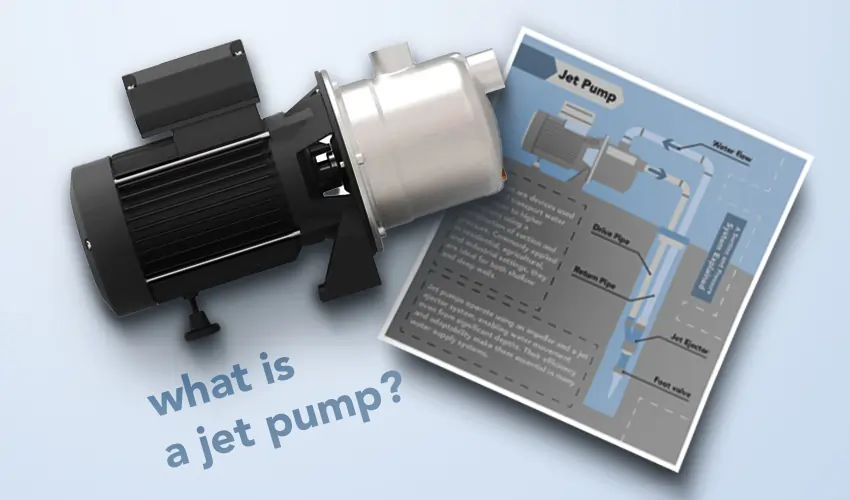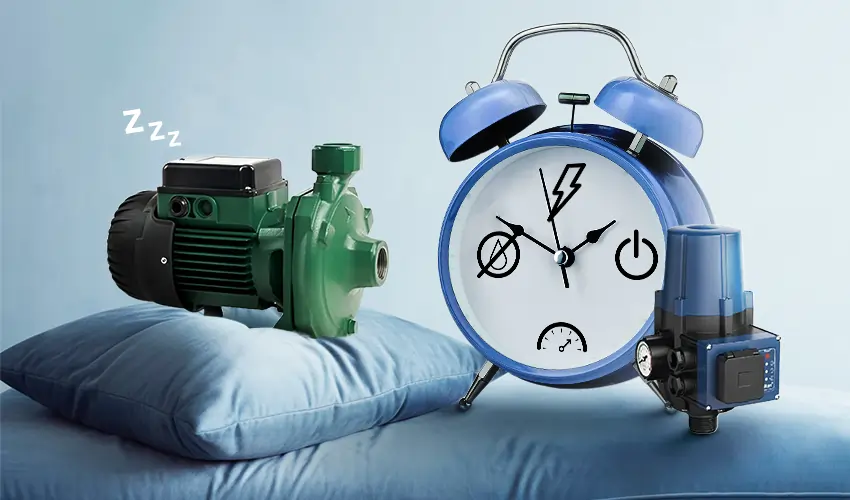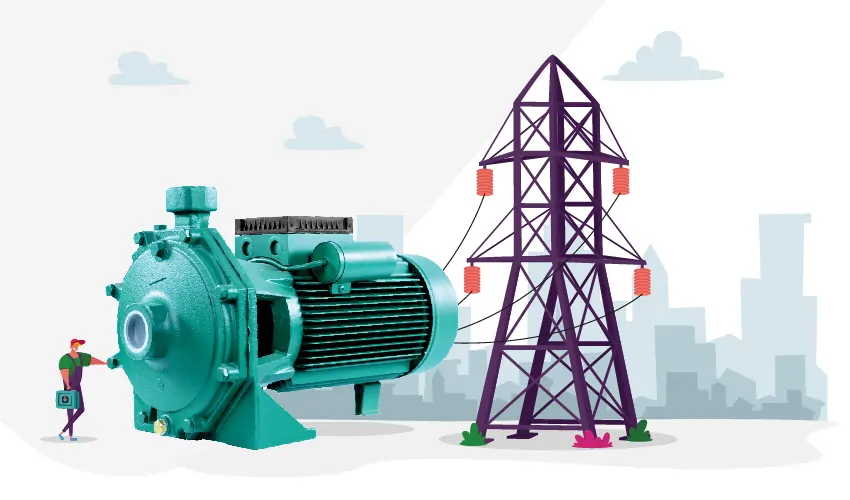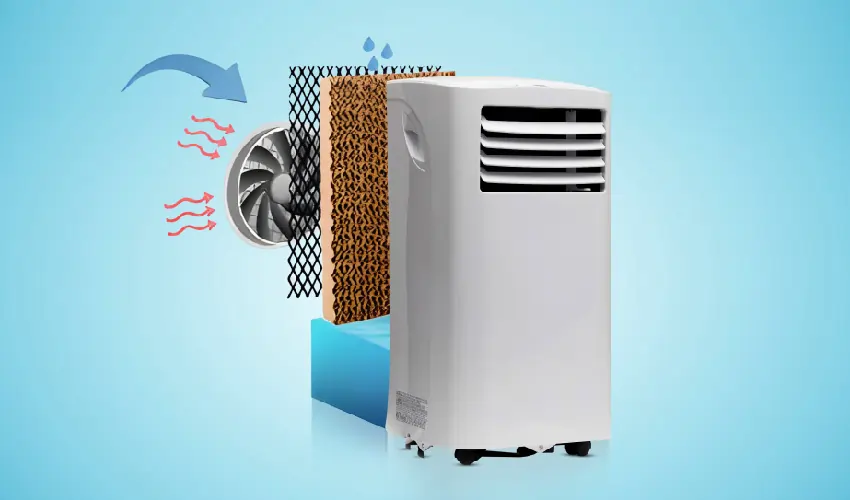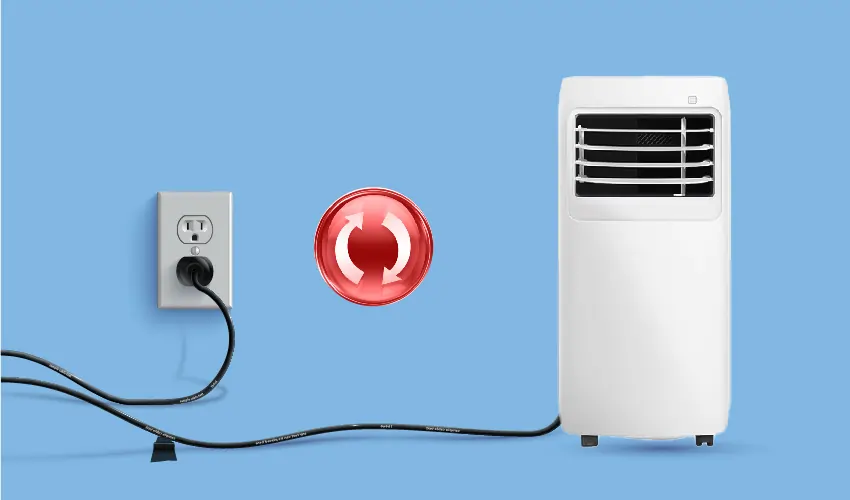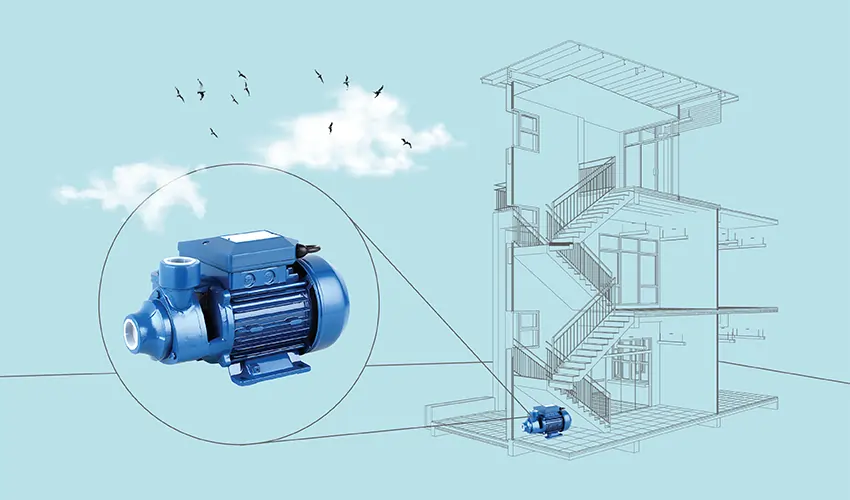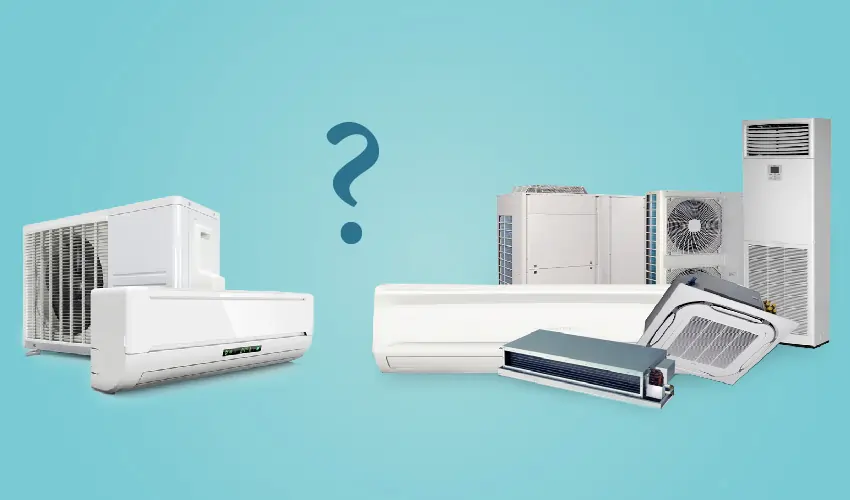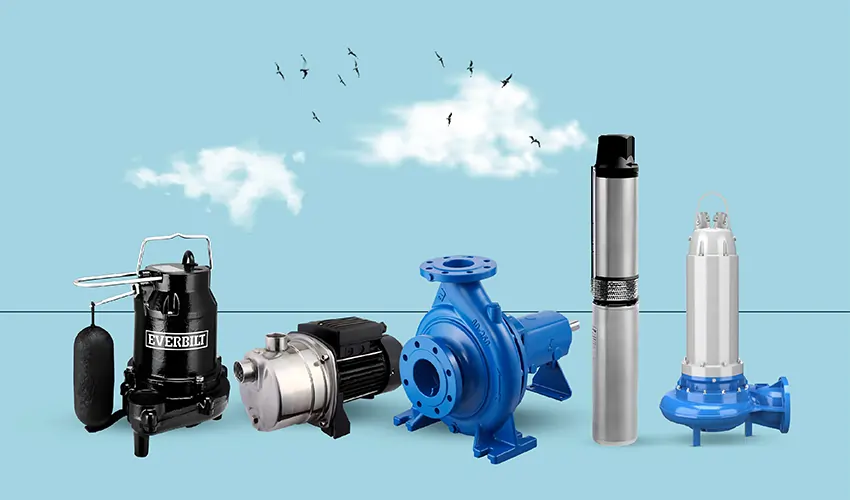Understanding the different types of booster pumps is essential for selecting the right one to meet specific pressure requirements, whether for residential, commercial, or industrial use.
What Is a Booster Pump?
A booster pump is a specialized pump designed to increase the water pressure and flow rate in a plumbing or water supply system. It is typically used in situations where the existing water pressure is insufficient to meet the demands of specific applications. Booster pumps are commonly employed in residential, commercial, and industrial settings to enhance water pressure for irrigation, firefighting systems, water distribution, and other applications.
These pumps work by drawing water from a water source and then pressurizing and delivering it to the desired location, ensuring a consistent and adequate supply of water.
How Does a Booster Pump Work?
A booster pump works by increasing the pressure and flow of water within a plumbing or water supply system. The basic operation involves drawing water from a source and then pressurizing it before delivering it to the intended destination. Here’s a simplified explanation of how a booster pump works:
- Intake
- The booster pump is connected to a water source, which could be a well, a municipal water supply, or another water reservoir.
- Impeller Action (for Centrifugal Pumps)
- In centrifugal booster pumps, the primary component responsible for pressurizing the water is the impeller. The impeller is a rotating disk with vanes that accelerates the water as it spins.
- Suction
- The impeller creates a low-pressure zone, causing water to be drawn into the pump through an intake or suction pipe.
- Pressurization
- As the water enters the pump, it passes through the impeller, where it gains kinetic energy. The spinning impeller imparts this energy to the water, pressurizing it.
- Discharge
- The pressurized water is then forced out of the pump through a discharge or outlet pipe, creating higher pressure and flow compared to the incoming water.
- Pressure Regulation (if equipped)
- Some booster pumps have pressure regulation features, such as pressure switches. These mechanisms can automatically turn the pump on or off to maintain a consistent pressure level in the system.
- Delivery to Destination
- The pressurized water is delivered to the intended destination, such as a building’s plumbing system, irrigation system, or other applications that require increased water pressure.
- Automatic Control (if equipped)
- Many booster pumps are equipped with automatic controls, such as pressure switches or sensors, that activate the pump when there is a demand for water and deactivate it when the demand decreases.
What Are the Types of Booster Pumps?
There are several types of booster pump, each designed to suit specific applications and system requirements. The two main categories are centrifugal pumps and jet pumps. Here’s an overview of each:
Centrifugal Booster Pumps
- Single-Stage Centrifugal Pumps: These pumps have one impeller and are suitable for applications where moderate pressure increase is required. They are commonly used in residential and light commercial settings.
- Multi-Stage Centrifugal Pumps: These pumps have multiple impellers stacked in series. Each impeller adds more pressure, making them suitable for applications that require higher pressure boosts, such as in large buildings, irrigation, or industrial processes.
- Vertical Multi-Stage Centrifugal Pumps: Similar to multi-stage centrifugal pumps, but they have a vertical design. They are often used in spaces where horizontal space is limited.
Jet Booster Pumps
- Shallow Well Jet Pumps: Suitable for applications where the water source is relatively close to the surface, these pumps use a single pipe to draw water and create pressure.
- Deep Well Jet Pumps: Ideal for deeper water sources, these pumps use two pipes – one for drawing water and the other for recirculating it. They are effective for deeper wells.
Peripheral Booster Pumps
- Also known as regenerative or turbine pumps, these pumps have an impeller with many small channels. They are used for low-flow, high-pressure applications, such as in small-scale industrial processes.
Diaphragm Booster Pumps
- Commonly used in applications where the fluid being pumped is sensitive to contamination, diaphragm pumps use a flexible diaphragm to move fluid. They are often used in chemical dosing systems and other precise applications.
Electromagnetic Booster Pumps
- These pumps use electromagnetic forces to move the diaphragm or piston, providing precise control over the fluid flow. They are often used in medical and laboratory applications.
Conclusion
Booster pumps come in various types, with the two main categories being centrifugal pumps and jet pumps. Centrifugal pumps include single-stage and multi-stage varieties, suitable for different pressure requirements. Jet pumps are further categorized into shallow well and deep well options, designed for varying depths of water sources.
Additionally, peripheral, diaphragm, and electromagnetic booster pumps offer specialized solutions for specific applications. The choice of a booster pump depends on factors such as pressure needs, flow rates, and the characteristics of the water source, emphasizing the importance of selecting the right type for optimal performance.


